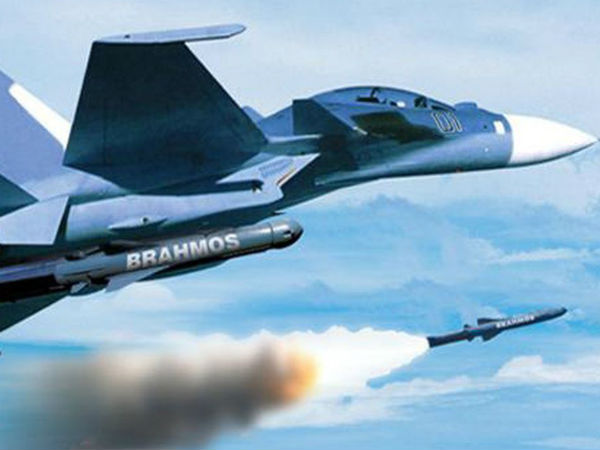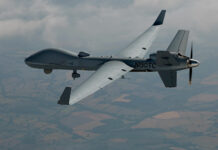“We maintain the peace through our strength, weakness only invites aggression”, former US President Ronald Reagan, 23 March 1983.
India has tested its indigenous, 1000km, nuclear-capable NIRBHAY sub-sonic cruise missile, equipped with the indigenous MANIK engine, making this the 10th missile test in little over a month. The Defence Research & Development Organisation (DRDO), India’s government owned defence research agency, has created a record of sorts by bombarding the Wheeler island in the western Indian state of Odisha by carrying out high-tech tests against the backdrop of the Indo-China border standoff, which is entering its sixth month.
Dr W Selvamurthy, former Chief Controller Research & Development, DRDO, echoes what President Ronald Reagan said in 1983, “India has never indulged in aggressive posturing, but strength respects strength, therefore all these tests have come at the right time as global signalling was important. Technology drives the doctrine of a nation, both in war and peace. DRDO’s mandate has been to keep up with the critical technologies whether supersonic or hypersonic.”
Wide Variety
The missile tests carried out by DRDO over the period in question include:
- NIRBHAY sub-sonic cruise missile – 12 Oct 2020
- Anti Radiation Missile – 9 Oct 2020
- Supersonic Missile Assisted Release of Torpedo – 5 Oct 2020
- Supersonic SHAURYA strategic missile – 3 Oct 2020
- Laser Guided Anti Tank Guided Missile – 1 Oct 2020
- BrahMos Supersonic Cruise Missile – 30 Sept 2020
- Night trial of the PRITHVI II Strategic Missile – 23 Sept 2020
- Laser Guided Anti Tank Guided Missile – 22 Sept 2020
- ABHYAS-High Speed Expendable Aerial Target – 22 Sept 2020
- Hypersonic Technology Demonstration Vehicle – 7 Sept 2020
The Anti Radiation Missile (RUDRAM), a potent weapon, the first indigenous anti-radiation missile produced in the country for the Indian Air Force (IAF). It can be launched from the IAF’s Su-30MKI fighter and is capable of hitting radiation targets with pin-point accuracy, neutralising enemy air defence. Additionally, the Supersonic Missile Assisted Release of Torpedo (SMART) is an efficacious weapon for Anti-Submarine Warfare (ASW) operations far beyond torpedo range.
History of Innovation
DRDO, which was founded in 1958 with the aim to boost indigenisation, launched its missile development programme in 1982 under the guidance of one of its competent aerospace scientists – DR APJ Abdul Kalam, who later became the President of India.
Coming from the high office, it is understood that DRDO was tasked to fast-track its missile programme in the early days of the Indo-China border scuffle, resonating Prime Minister Narendra Modi’s clarion call for Self-Reliant India or ‘Atmanirbhar Bharat’.
DRDO began its first test of the Hypersonic Technology Demonstrator Vehicle (HSTDV) in early September, followed by the extended-range version of the Indo-Russian BrahMos land attack supersonic cruise missile. The latter featured an indigenous booster and airframe along with other ‘Made in India’ sub-systems successfully cruising at a top speed of Mach 2.8. and blowing up targets 400KMs away.
The nuclear-capable SHAURYA supersonic missile is being hailed as a new-age weapon, travelling at twice to three times the speed of sound, it is capable of carrying a nuclear warhead weighing around 200kg and flies at 2.4km/s. The Indian government has cleared its induction into the military and under directions from the National Security Council, the Indian Strategic Forces Command will determine its deployment positions.
The Laser Guided Anti Tank Guided Missile (ATGM) for the Indian Army’s indigenous Main Battle Tank ARJUN was also test-fired, though the service was equipped last year with 210 Israeli SPIKE ATGMS deployed along the Indo-Pakistan border in the western theatre. Most of these weapons are ready for operational induction, awaiting the nod from the high office.
Sumann Sharrma












